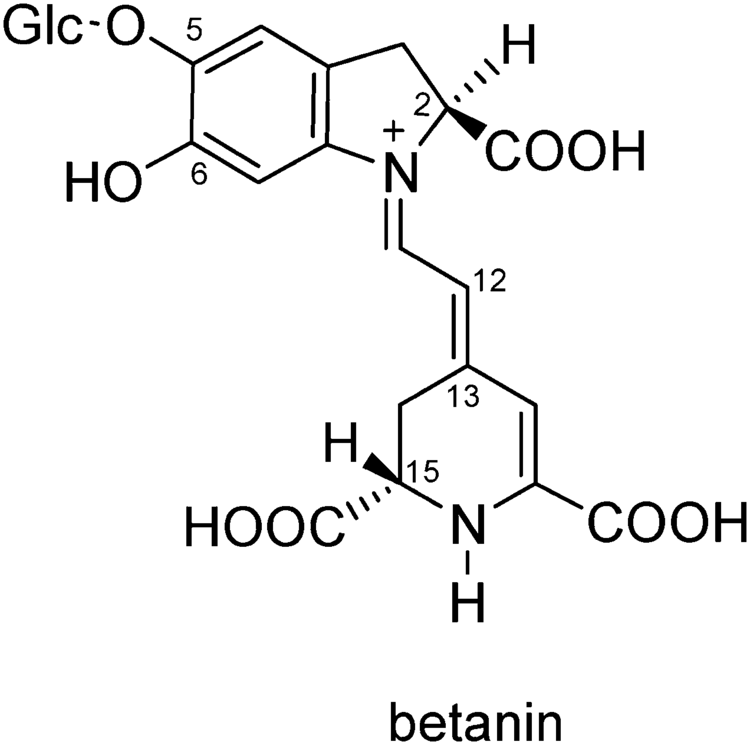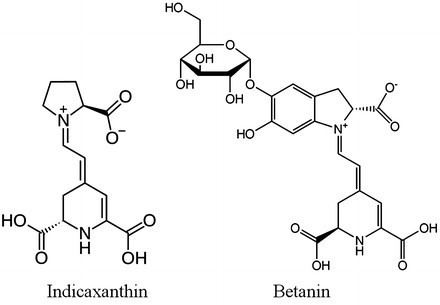Formula C24H27N2O13 | Molar mass 551.48 g/mol | |
 | ||
Betanin in beet root acts as alkali indicator acids bases chemistry
Betanin, or Beetroot Red, is a red glycosidic food dye obtained from beets; its aglycone, obtained by hydrolyzing away the glucose molecule, is betanidin. As a food additive, its E number is E162. Betanin degrades when subjected to light, heat, and oxygen; therefore, it is used in frozen products, products with short shelf life, or products sold in dry state. Betanin can survive pasteurization when in products with high sugar content. Its sensitivity to oxygen is highest in products with a high water content and/or containing metal cations (e.g. iron and copper); antioxidants like ascorbic acid and sequestrants can slow this process down, together with suitable packaging. In dry form betanin is stable in the presence of oxygen.
Contents
- Betanin in beet root acts as alkali indicator acids bases chemistry
- Paulo s rgio betanin paulinho tutti i gol con il sorrento e il livorno
- References

The color of betanin depends on pH; between four and five it is bright bluish-red, becoming blue-violet as the pH increases. Once the pH reaches alkaline levels betanin degrades by hydrolysis, resulting in a yellow-brown color.

Betanin is a betalain pigment, together with isobetanin, probetanin, and neobetanin. Other pigments contained in beet are indicaxanthin and vulgaxanthins.

